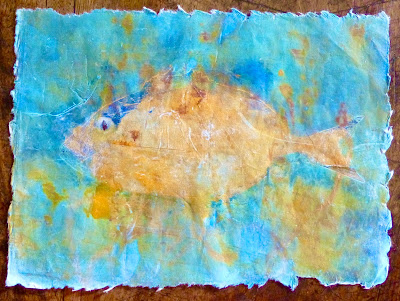Heaven
If we can invent and realize our own heaven after death, I will check that box. I will enter my new land of insubstantial souls, having tossed back the familiar corpse, consumed now in a golden blaze leaving only ash to prove that I was ever here.
In my heaven, I am now disguised as my thirty year old self, a time when I felt invincible as a “pretty enough” woman in a youthful, competitive society. My thirties was the time that I was navigating new devotion for another and expression for myself. My creative demonstration at that time was on the stage where passion lead me to moments of risk taking, feelings of success and clarity and childlike enthusiasm.
I have lost some that now. I have moved away from country and family and I am older by 40 some years. I feel myself floundering in the new territories of age and place.
I am always searching for others outside of the bonds of devoted coupledom and family to teach me more. Perhaps though, I don’t want those connections enough to actually choose them when they are there. So In my own heaven I would spend more time…if the construct of time exists, learning how to go deeper with others.
In my new life I would seek out at least one snarky friend on my own level of evolution. Since there would be no language impediment he/she or it might be from any continent, any planet. We would swap witticisms and observations, many leading us to displays of celestial humor at what we had thought was the random nature of the universe. We would discuss serendipity and so called miracles and how that all worked. We would talk about our chosen work.
And of course, I would search out companions more enlightened than I. My wise parents would be there… as they could be called back from their new lives for conversation, reassurance and consultations. In my heaven one can share energy on several planes. My family members would provide the comfort of the familiar for I believe we follow certain souls forever.
My Eden would be green and lush, yes, but would include a cozy dwelling of sorts: a straw filled cave with soft light or a colorful yurt with beds of moss…where my animals and I would feel at home.
It is impossible to imagine not feeling or sensing. I would probably miss those human traits, so I’ll add those in for as long as I still need them.
In my heaven there would be animal companions….lions, leopards, elephants, house cats, pigs, octopi perhaps… in spirit form, of course, chosen for grace, insouciance and authenticity. Dog friends could teach me loyalty, playfulness and devotion and share my love of purpose and work. Add to that a bird or two, a blackbird or a parrot for singing and squawking together, flying and teleporting... pastimes which could be added to my love of movement.
The purpose and work I would choose would be counseling earthlings,…
especially my precious rebel mate or siblings ( if they has been left behind)….even if they would feel too independent to ask for it. I would guide those who asked or those too afraid or too proud to ask…whispering secrets in their ears, inspirations that they thought were their own about how to navigate the earthly dimension with it’s eight billion souls. I wouldn’t be pushy about it, just now and then. That is assuming that I had found wisdom at last.
Above all, I would give humans back their capacity for laughter… and show them steps to overcome grief and fear. And I would lead them to choose their part in aligning and lifting us all, how to help the species survive on this planet and how to align with nature. I could do that from that dimension as I try to do even from this one.
I can’t know if I will create my heaven.
I am here now on this spinning ball of complexity and beauty living minutes from a gentle sea whose waves beckon to bathe in her cleansing power. ..at least metaphorically.
It is a crisp, luminous Sunday and that call has surely been answered by a crowd… as I am joined now by hundreds of ordinary folks…. strolling, running, skating, riding, chattering, fussing, laughing.
We are all marching forward with purpose, albeit with earth-sourced ignorance and fragile optimism.
This is what the living do now and it is surprisingly enough.
There will be time for my heaven when earthly diversions have finally lost their luster or when the old lady in me speaks up to murmur quietly :
“ Get your backpack, it's time to go".






















